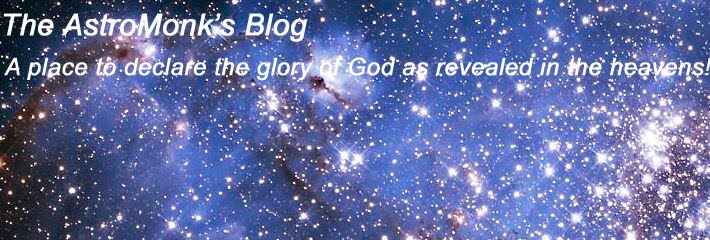Well last night (12/28) I finally got a chance to get out into the POD and do a little video observing as the weather and my schedule finally coincided! It turned out, my Edge C11HD wasn't showing Jupiter to be quite as nice, round and sharp as I expected. I decided to do a little tweak of the collimation. Good thing too - it actually was off a bit. After the tweak, everything was looking better and I didn't get near as much movement of stars in the field of view as I racked the electronic focuser in and out. So I decided to get a quick peek at the Andromeda Galaxy (M31). I first got the focus fine tuned and then slewed the scope around to M31, tweaked the position just a bit and set the Mallincam up for Deep Space mode with 7 sec integration - VOILA! There it was in all its beauty. I realized I had to do some tweaking of the contrast, brightness, saturation and gamma of my HD video monitor and my computer's screen in order to really make out the dust lanes clearly. Anyway, this is what it looks like on my computer screen:
I was using WebcamMax (registered) to display and capture the video and to stream it thru Night Skies Network, Mallincam Control to remotely change camera settings and Stellarium to point the scope at different targets. I rang my wife Marye at this point (she was in the house, nice and warm while I was in the POD shivering ;-) and had her pull up Night Skies Network; she was able to watch the same thing I was seeing and could even do so on the big screen media-pc TV if she wanted to. After stuying Andromeda for a while, I thought I'd get a peek at the Great Orion Nebula / M42 - always a thrilling sight! So I pointed to Orion with my mouse, hit Ctrl-1 and wwhhrrrrrrrrrrr - the mount moved the scope to point at the nebula. Here's what I saw on my observatory PC's screen:
Considering the wind was blowing quite a bit with gusts up to 20mph or more, everything looked quite good! Now if you're an old hand at this, you'll be wondering how I got away with using an f/3.3 Meade focal reducer with an Edge series SCT (with internally corrected optics.) Well it is true that for optimum results, you need a special reducer only (not reducer / corrector like the Meade I'm using.) However, since no company, Celestron included, has physically put one on the market yet (although one company is 'really close' (right - like just around the corner, eh?), I decided to try it. With a CCD chip as small as the Mallincam uses, it actually works quite well. You can see some out of shape stars at the outer edges, but its really quite reasonable. Next round, I'm going to have to try the Hyperstar III, which turns the relatively slow f/10 optics into a widefield light eating monster at f/2! I can hardly wait!
Well if you'd like to see a few more of the actual screen capture images, you can take a peek in my web photo album at http://picasaweb.google.com/donnwms/AstroPhotos4FB# (the last few photos at end.) Keep in mind, these are totally raw unstacked / single screen captures with no processing. If I put these in Photoshop or GIMP, I'll be able to adjust things so the center portions are not so bright / overexposed and the outer portions show more fine detail. You can also see a couple short 30 second video clips captured straight from the camera, live, on Youtube at http://www.youtube.com/donnw22. More to come so check back some time.
Peace and blessings,
Donn















